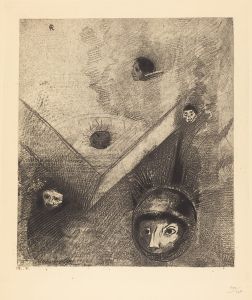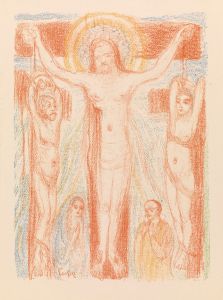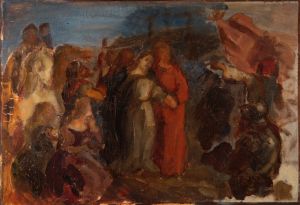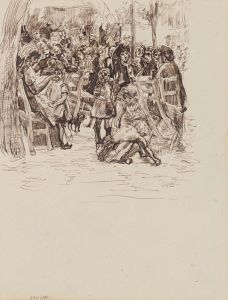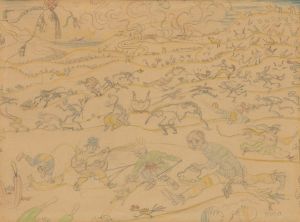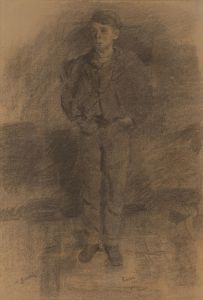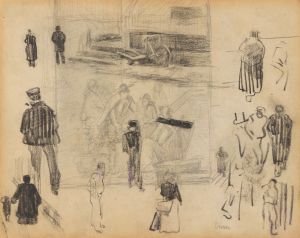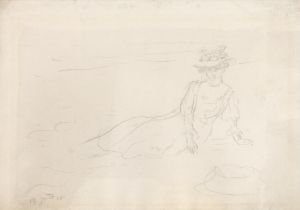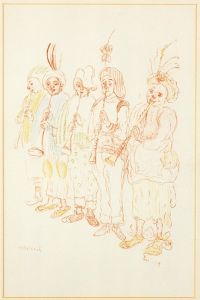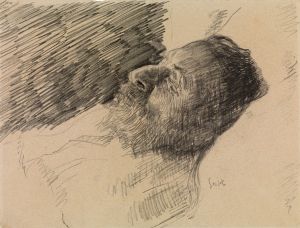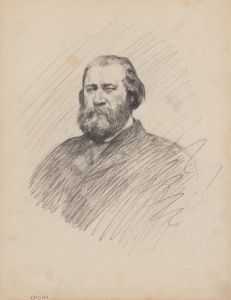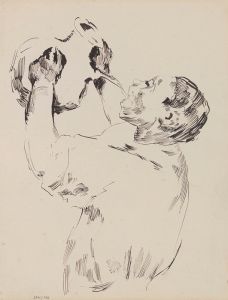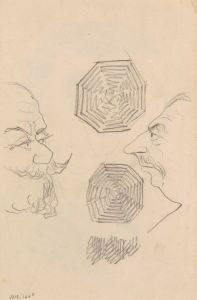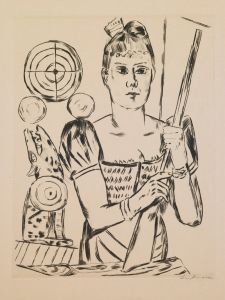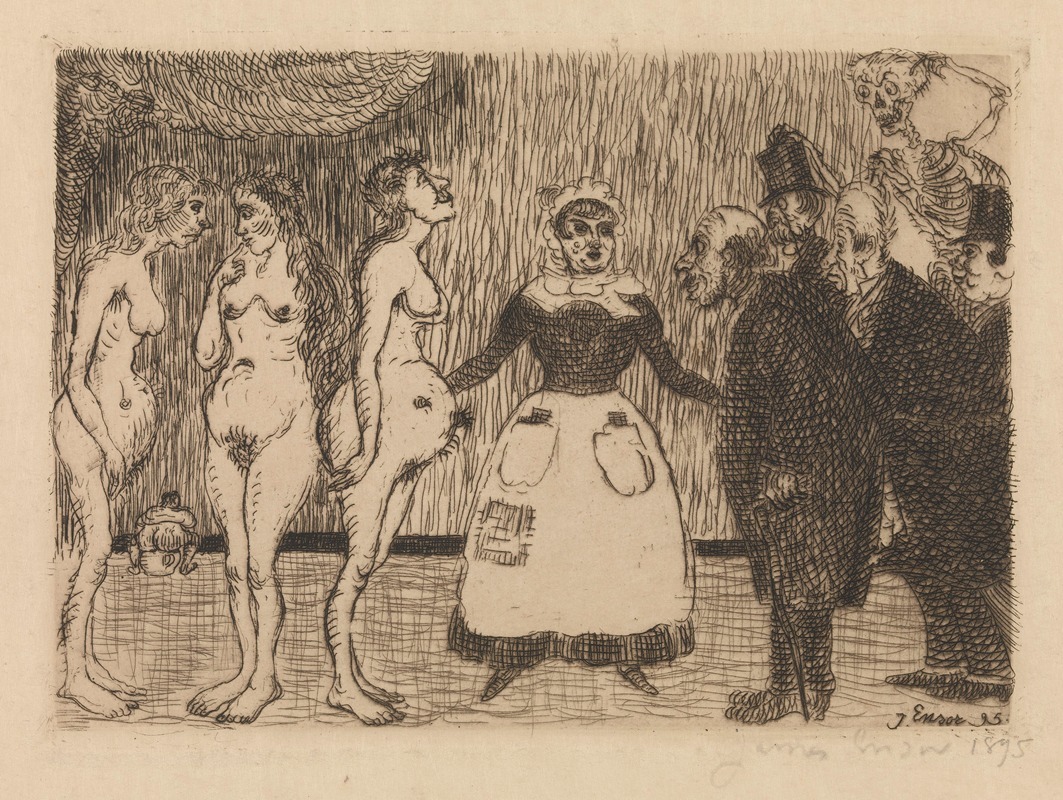
The Old … Raskals
A hand-painted replica of James Ensor’s masterpiece The Old … Raskals, meticulously crafted by professional artists to capture the true essence of the original. Each piece is created with museum-quality canvas and rare mineral pigments, carefully painted by experienced artists with delicate brushstrokes and rich, layered colors to perfectly recreate the texture of the original artwork. Unlike machine-printed reproductions, this hand-painted version brings the painting to life, infused with the artist’s emotions and skill in every stroke. Whether for personal collection or home decoration, it instantly elevates the artistic atmosphere of any space.
James Ensor's painting "The Old … Raskals" is a notable work by the Belgian artist, who is renowned for his unique and often provocative style. Ensor, born in 1860 in Ostend, Belgium, was a key figure in the Symbolist movement and is often associated with the later development of Expressionism. His work is characterized by its vivid use of color, intricate detail, and often satirical or macabre themes.
"The Old … Raskals" exemplifies Ensor's fascination with the grotesque and the carnival-like aspects of human nature. While specific details about this particular painting are limited, Ensor's broader body of work provides context for understanding its themes and style. Ensor frequently depicted scenes filled with masks, skeletons, and fantastical creatures, reflecting his interest in the absurdities and darker aspects of life.
Ensor's upbringing in Ostend, a coastal city known for its vibrant carnival traditions, heavily influenced his artistic vision. The masks and costumes typical of carnival celebrations became recurring motifs in his paintings, symbolizing the hidden facets of human identity and societal hypocrisy. This thematic focus is evident in many of his works, where he explores the tension between appearance and reality.
Throughout his career, Ensor was known for his bold use of color and innovative techniques. He often employed a bright, almost garish palette, which added to the surreal and unsettling quality of his paintings. This approach set him apart from many of his contemporaries and contributed to his reputation as a pioneer of modern art.
Ensor's work, including "The Old … Raskals," can be seen as a critique of the social and political climate of his time. His paintings often contain elements of satire, targeting the bourgeoisie, the church, and other institutions. By using fantastical and exaggerated imagery, Ensor was able to convey his critical perspective on the world around him.
In addition to his paintings, Ensor was also an accomplished printmaker and draughtsman. His etchings and drawings further demonstrate his skill and versatility as an artist. Despite facing initial resistance from the art establishment, Ensor eventually gained recognition for his contributions to modern art. In 1929, he was awarded the title of Baron by King Albert I of Belgium, a testament to his impact on the art world.
Today, James Ensor's work is celebrated for its originality and enduring influence. His paintings, including "The Old … Raskals," continue to captivate audiences with their imaginative and thought-provoking content. Ensor's legacy is preserved in numerous museums and collections worldwide, ensuring that his unique vision remains accessible to future generations.





